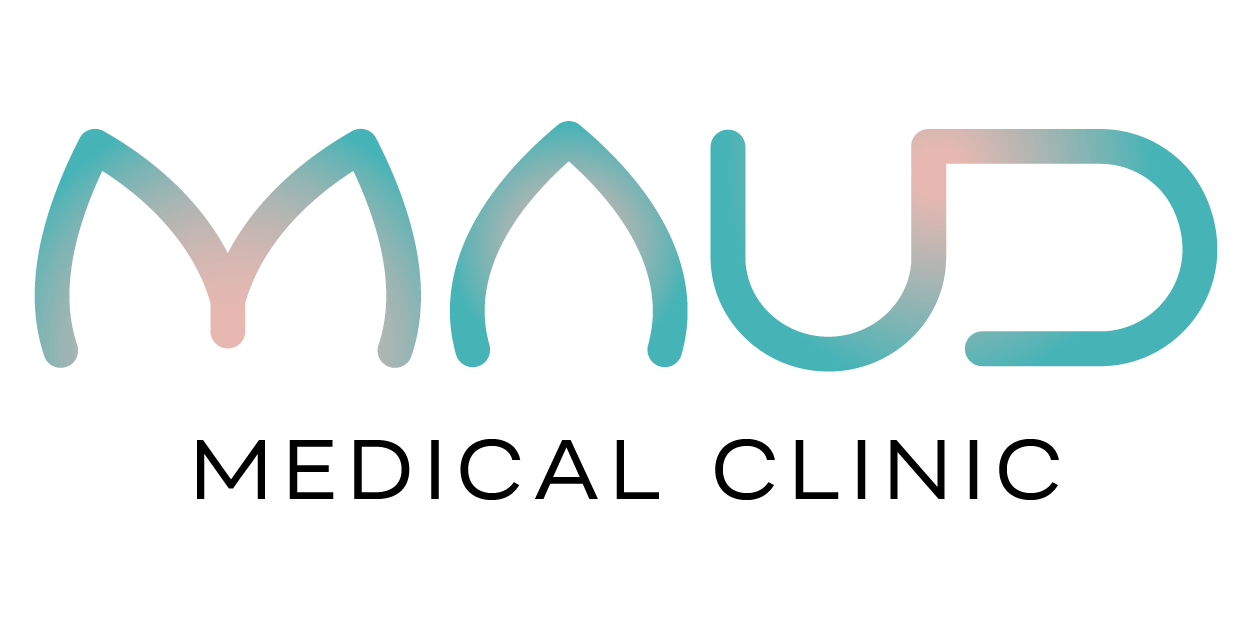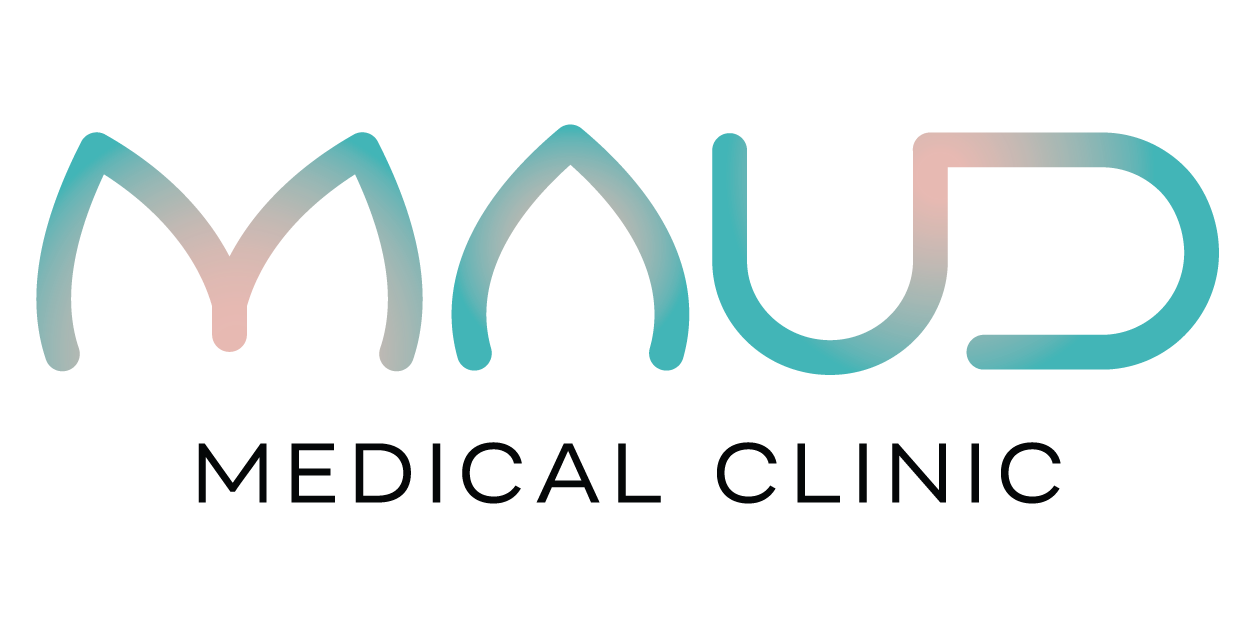Chlamydia
WHAT IS CHLAMYDIA?
Chlamydia is the most common reportable STI in Canada and disproportionately affects women aged 15-24. Chlamydia is caused by the bacterium Chlamydia trachomatis. It is transmitted through vaginal, anal, and oral sex. It initially infects the urethra and cervix, and can spread to the upper female reproductive organs, leading to serious complications such as pelvic inflammatory disease (PID) and infertility. An infected pregnant person can also transmit chlamydia to their baby, which can result in premature birth or pneumonia in the newborn.
What are the Symptoms of Chlamydia?
More than 50% of males and 70% of females infected with chlamydia will have no symptoms. However, asymptomatic chlamydia can still be transmitted to others and can lead to serious health problems. In females, symptoms can include vaginal discharge, burning sensation when urinating, pain in the lower abdomen, painful intercourse, and abnormal vaginal bleeding. In males, symptoms can include discharge from the penis, burning sensation when urinating, burning or itching at the opening of the penis, and pain or swelling in the testicles. In up to 40% of infected females, untreated chlamydia can lead to PID. The symptoms of PID include abdominal pain, fever, and pelvic pain. Scarring of the fallopian tubes can occur, resulting in infertility and increasing the risk of ectopic pregnancy. In males, scarring of the urethra may occur, which can impair urination and cause infertility.
HOW IS CHLAMYDIA DIAGONOSED?
Because chlamydia may not have any symptoms, the only reliable way to know if you have this STI is to be tested. Routine testing is recommended in sexually active people under 25 and pregnant people, as well as anyone with risk factors for sexually transmitted and blood-borne infection. Chlamydia is diagnosed by a doctor via medical history, a physical examination, and lab tests. Testing is done in a doctors office via a urine sample or swabbing the infected area.
HOW IS CHLAMYDIA TREATED?
Chlamydia can be cured using antibiotics (usually doxycycline or azithromycin) and does not cause long-term problems if treated early. After the start of chlamydia treatment, you should not have sex for 7 days. Reinfection can occur, and repeated infections increase the risk of PID. Your physician may recommend restesting 3-6 months after treatment. To prevent chlamydia, practice safer sex by limiting your sex partners, knowing whether your partner engages in risky sexual behaviours, and use a condom or dental dam during sex.

